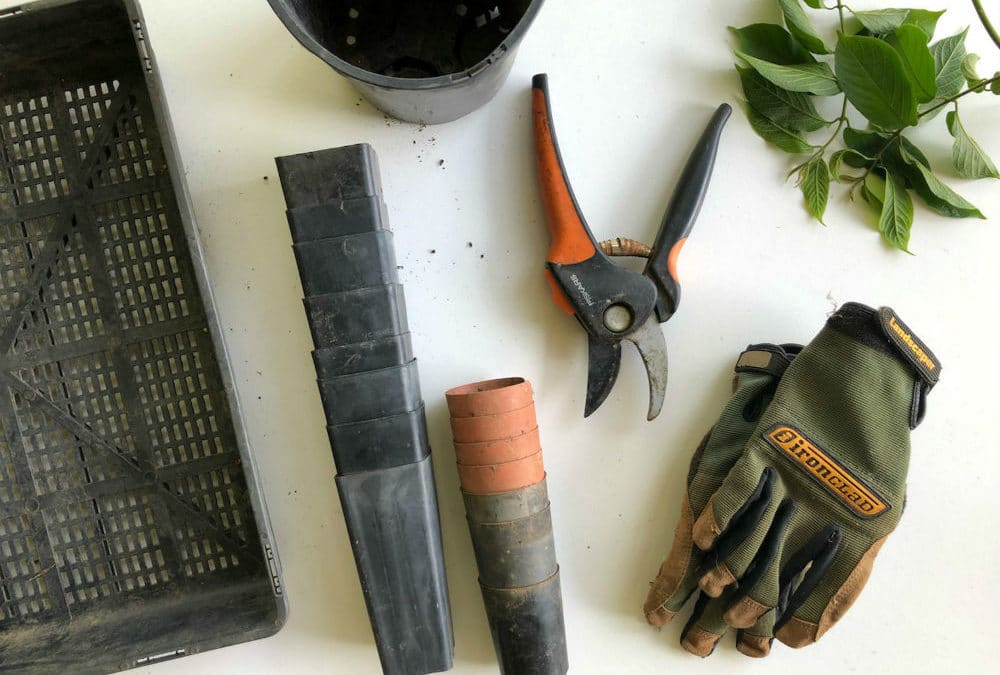It’s April in Bloomington, and that generally means that the seniors at IU are getting antsy for graduation, you’re starting to put away sweaters and jackets for the season, and the rain cometh (and cometh…and cometh). It’s also the time to get your lawn & garden into gear, and even if you haven’t started it’s not too late to have a lush and enjoyable lawn and garden. Here are a few tips for getting the most out of your space.
- Plan for weeds – For the first few cuts of the spring, mow as high as you can. Mowing on your highest setting gives the grass roots a chance to grow thicker and stronger, which helps fight weeds. You also should spot treat dandelions and other weeds, and apply a “weed & feed” type of treatment – there are many to choose from and it depends on your grass and lawn which one is right for you.
- Remove Dead Plants and Foliage – If you have pine trees on your property you very likely have a great deal of pine cones on the ground after the winter and spring. Picking these up allows better growth of grass and helps make a lush, object free yard for you and your family. You should also try to remove any dead weeds or plants, limbs, and other debris. You might also find that your trees have grown more massive – if you have limbs that are blocking the sun from spots, it might be time to get them trimmed back or removed. Anthony’s Lawn Care & Landscaping is one of the leading tree service companies in Bloomington, and can help with that too.
- Til Soil – If you are planting a garden it is important to properly prep the soil. You want to mark your bed, and then remove all the weeds and extra plants in that space. Then you want to til the soil (manually or with a machine) and really break it up down at least 6 inches. You may want to add additional topsoil if it seems like the existing soil is dry and thin.
- Control Pests – Squash Borers are an issue in many gardens. You will know if you have them if you see in your garden plants holes and mushy sawdust remains. In the yard you want to treat for grubs, which can ruin spots of grass. You also want to treat for moles and voles, which feed on other small creatures.
- Prune Perennials, Deadhead Annuals – Pruning your flowers of their dead flower heads, stems and foliage will encourage growth. Start pruning at the first sign of flower, and stop shortly after the growing season. If you have questions on when that it, Anthony’s can help.
- Water! – It can be hard to water, especially if you are trying to be eco and cost conscious. But especially when you first plant (both for grass seed and veggies/flowers) it is important to keep the ground moist down to about 6 inches. For the first two weeks after planting, you really want to water 2-3 times per day and make sure the ground is very moist. This will encourage growth of the new seeds and allow a strong base for the plants to survive long term.
- Call an expert when in need – There is a reason companies like ours exist – landscaping and lawn care can be extremely difficult and time consuming. When is the right time to mow? What kind of grass is best for my yard? What flowers will encourage bees and wildlife? If you have questions or want an expert opinion on anything to do with your lawn and garden, call Anthony’s Lawn Care & Landscaping and we will be happy to help!


Recent Comments